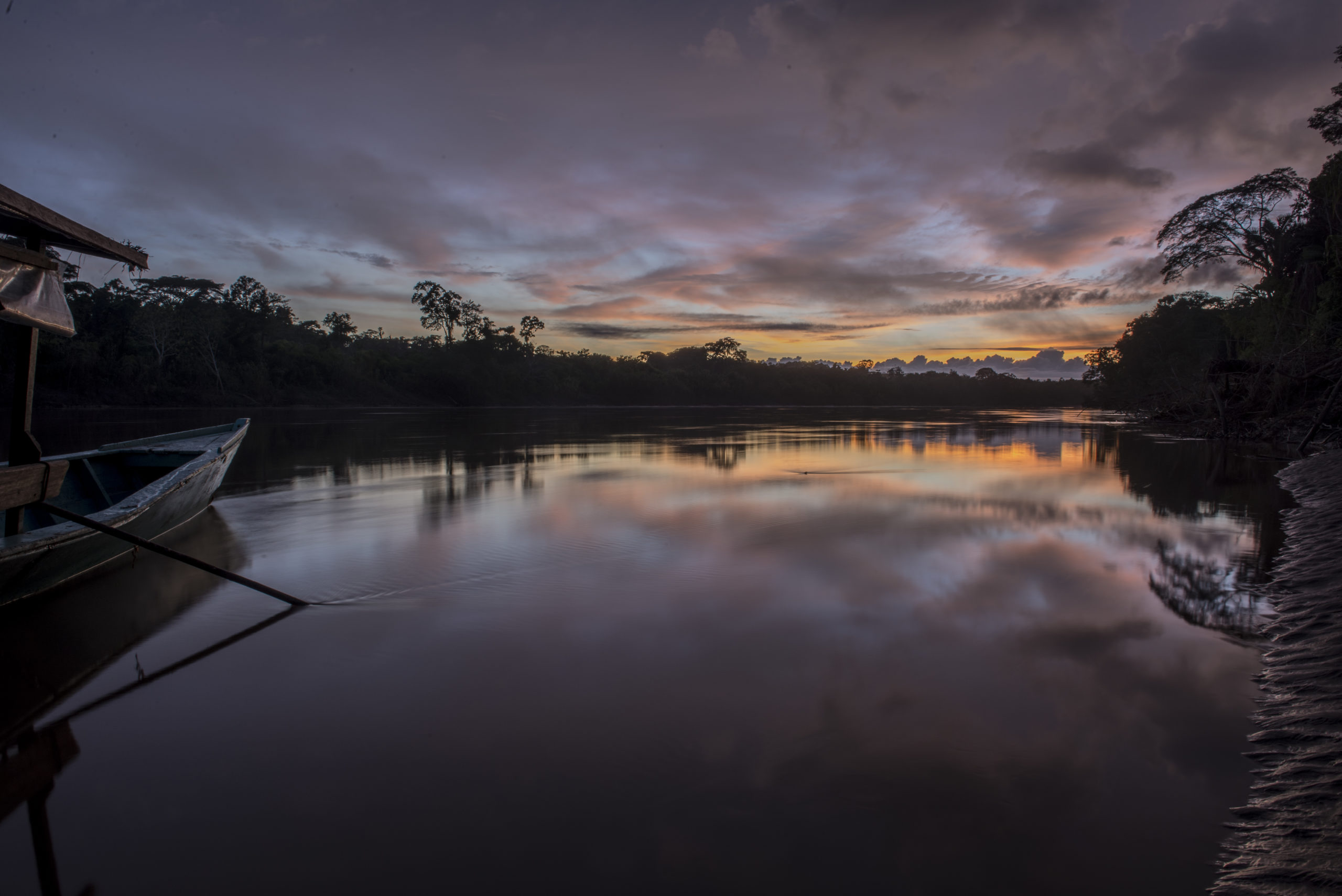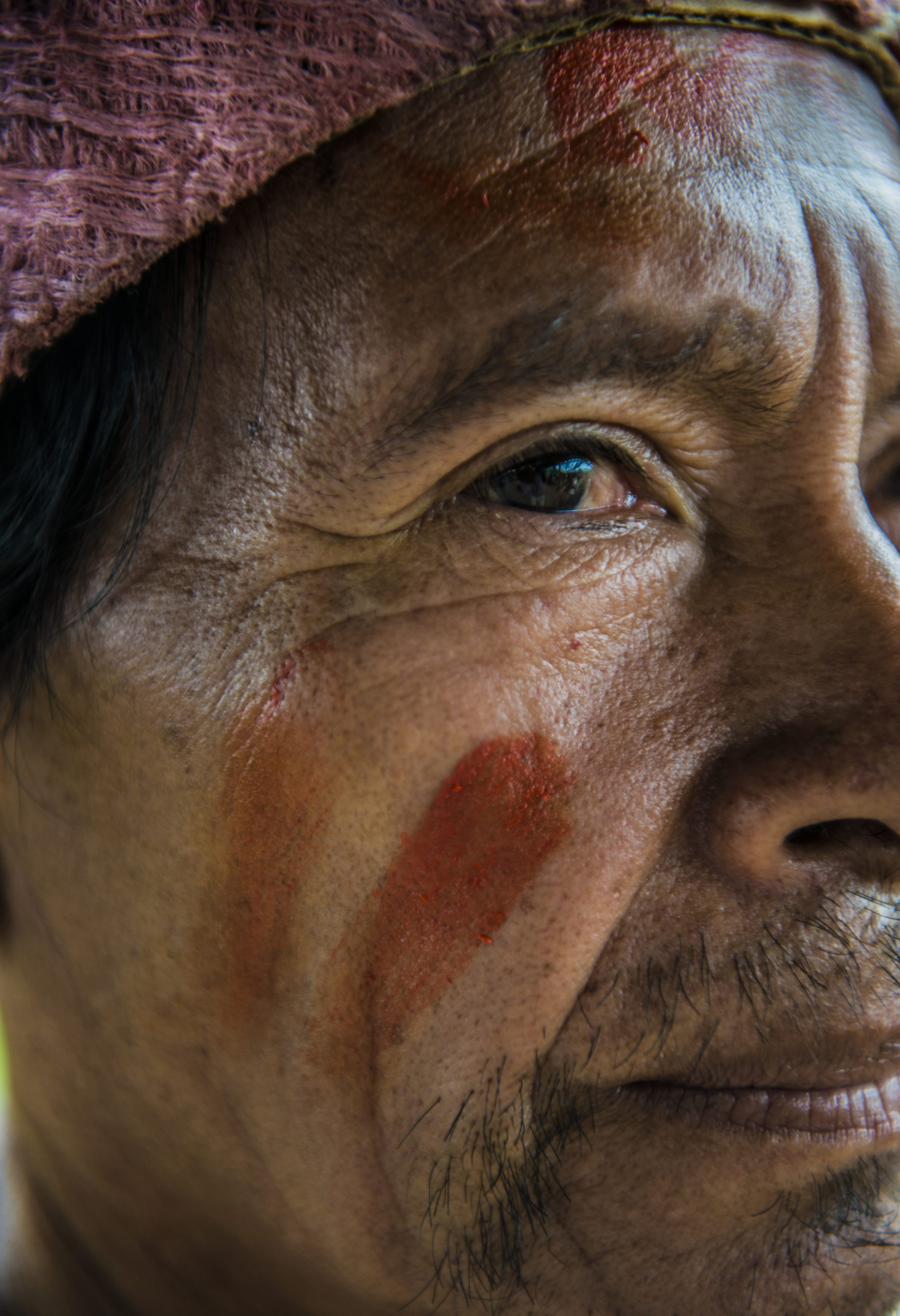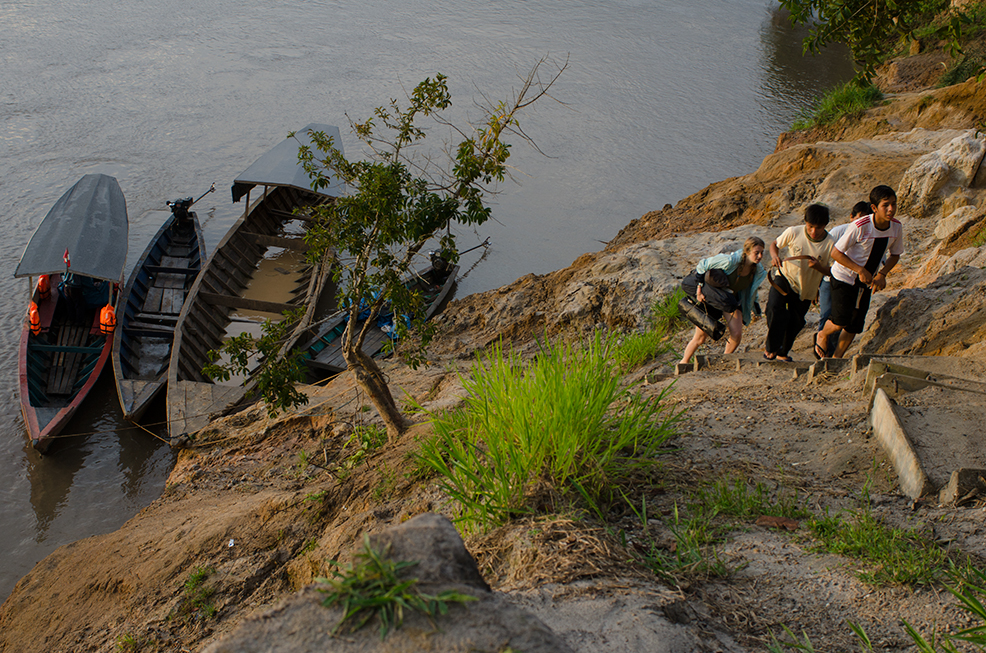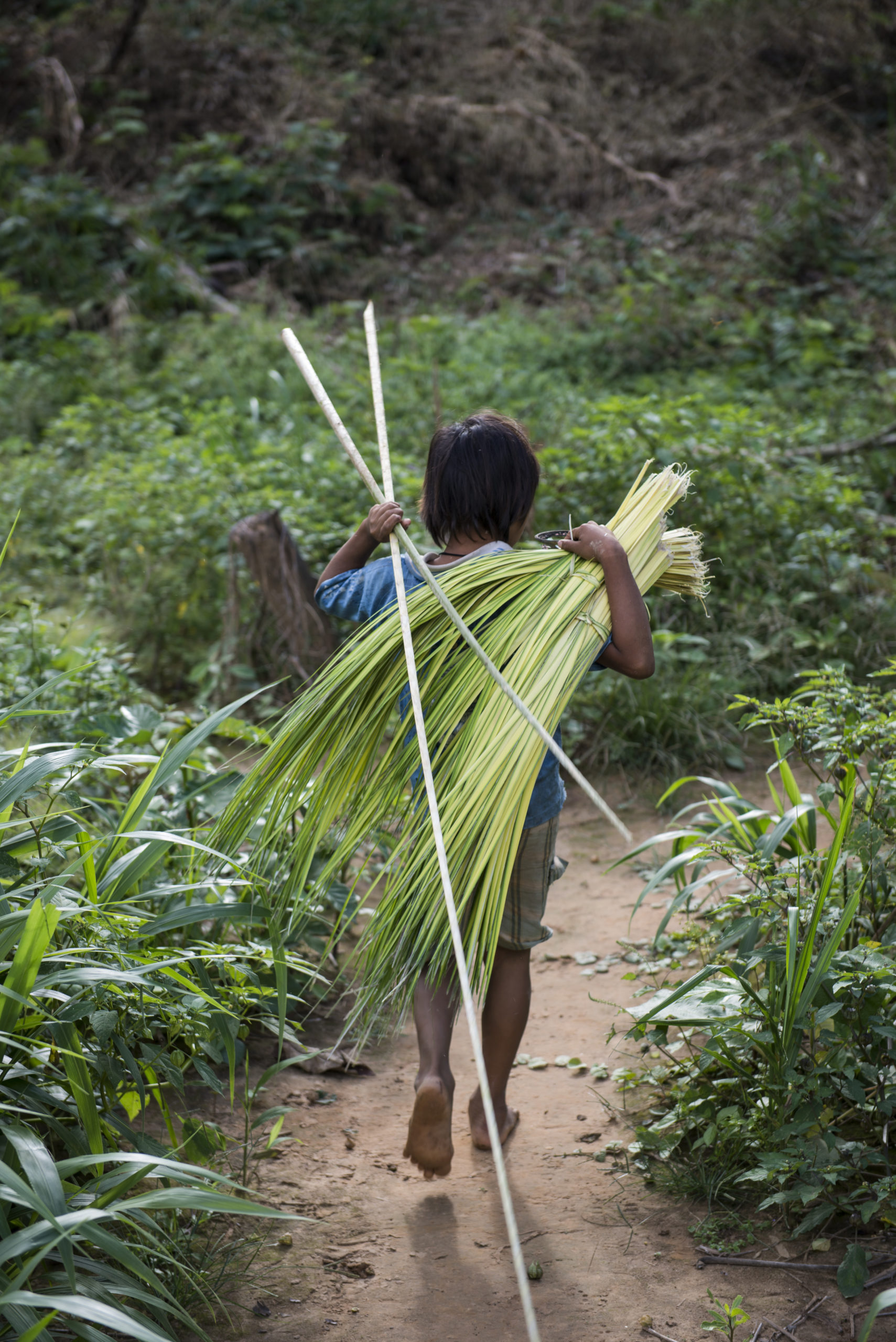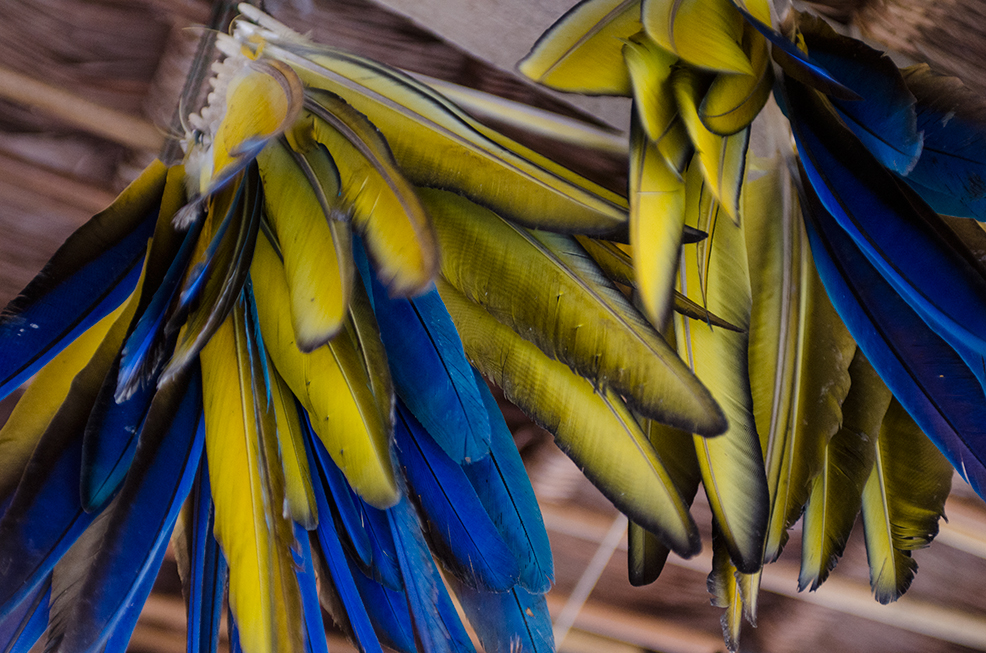Our Approach
Our approach is based on four pathways.
Featured
Curricula
Our Bringing the Amazon Home curriculum is accompanied by multimedia learning materials that can be implemented by teachers worldwide. Curricula span the breadth of K-12 education, including environmental sciences, sociology, math, art, and more!
Our Latest ACEER Blog Posts

Julia’s Story
Julia Revill first connected with ACEER through her professor at Georgetown, who shared an opportunity to join the 2025 OnePlanet/ACEER Maijuna Field Research Expedition. Drawn to conservation since childhood, Julia saw the Amazon as a place she had always dreamed of experiencing firsthand. As she learned more about ACEER’s work with Indigenous communities, she knew
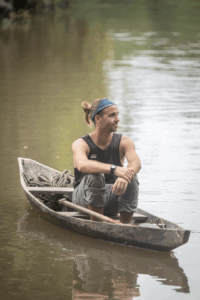
Tributary Re-Launch
Dear ACEER Community Members, It’s my pleasure to welcome you all to the re-launch of the ACEER newsletter The Tributary. My name is Brian Griffiths, the new President of ACEER. My ACEER journey began back in 2014 as a student on an expedition for the Ancestral Lands of the Ese’Eja project funded by National Geographic.

What COP29 Taught Me About the Future of Amazon Conservation
When I landed in Baku, Azerbaijan, to attend COP29, I had a knot in my stomach. It was my first time attending a global climate conference of this scale, and not just any summit, but the UN Climate Change Conference. I didn’t know what to expect, who I’d meet, or where the days ahead would
In Memoriam
SUBSCRIBE
Sign up with your email address to receive news and updates.




